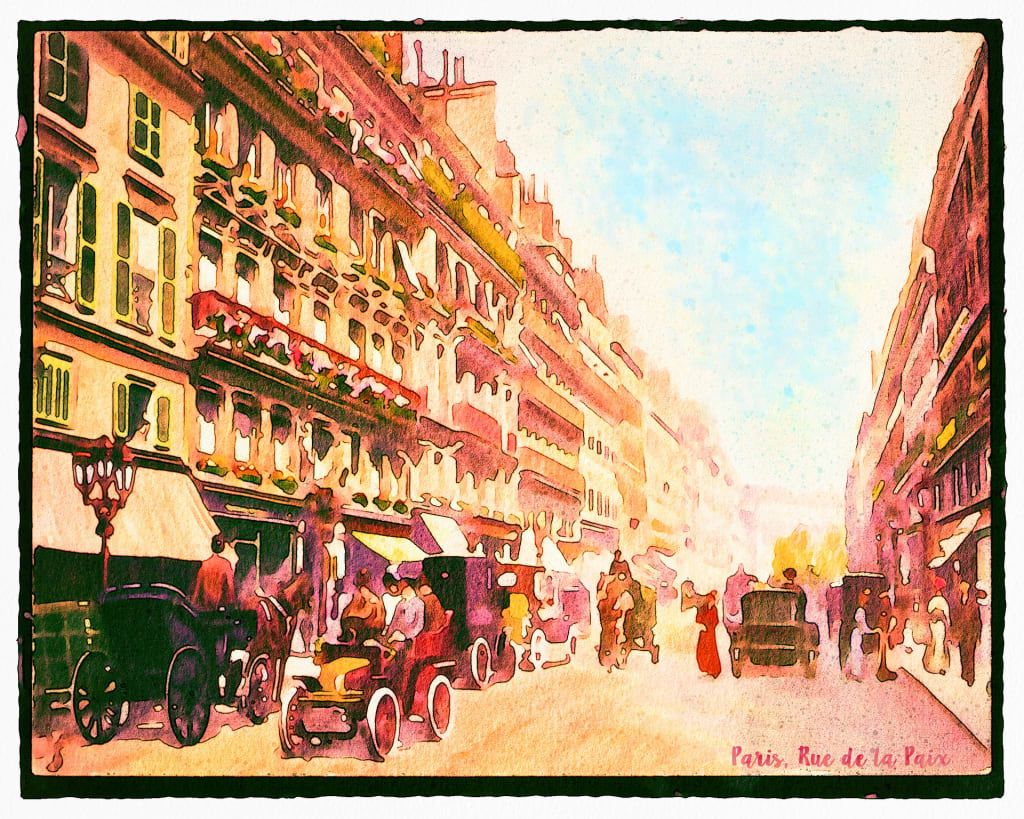The Lost Generation
Part 5: family structure, and the struggles of female equality.

It’s easy for one to imagine the colossal leap basic education has bounded in the last hundred years. Back in the 20’s women were just being allowed into colleges, albeit these were mostly colleges for women only. Harvard didn’t even allow women on the main campus; a separate college called Radcliffe worked with Harvard but did not give out diplomas until 1963. Although most women were allowed equal education through certain colleges, they were not allowed an equal diploma.
Take Professor Marston, inventor of the lie detector test and ‘Wonder Woman’, and his wife Sadie took the exact same classes and both were Lawyers. Only Marston got a PhD and actual cases, Sadie was a feminist and activist but after graduating Law School couldn’t get a job at a law firm. She was selling soap in Times Square.
Education has been transformed by time, but the literature might not have been. So much of the culture of the 20’s we can learn by the stories or articles the people who lived at the time wrote. When Scott Fitzgerald was in Paris in the mid 20’s, he had just published a collection of stories titled ‘Tales of the Jazz Age’. In that collection is a story called ‘Head and Shoulders’ where a male prodigy at Yale with dreams of being a great philosopher gives everything up to marry a chorus girl in New York City. When they run short on cash with a baby on the way, the wife stays home and writes a story in her New Jersey dialect while the Prodigy does acrobatic stunts at a club. By the end of the story his wife in renound in the New York Times as the voice of the generation and ‘a prodigy’ while he is mentioned in a single line as merely the acrobat husband. He then tells his idol to never leave his books and fall in love. He is emasculated by his wife unintentionally and he suddenly regrets his decisions.
Ernest Hemingway is infamous for writing about daring and heroic men who fought wars caked in mud and blood. Men who box for fun, who wrestle bears, hunt lions in Africa, and who drink from dusk to dawn. Although, history teaches us that Hemingway we know today is more fiction than fact, his idea of the ideal man defined the decade. He painted a man who fought bulls in Spain and could provide for their family easily. Masculinity was at an all-time high at this period, feminism was a dangerous idea and the basic family structure that had been in place for the past hundred years was threatened. Women didn’t want to stay in the kitchen and pop kids out every year. They wanted to work alongside men for equal pay and equal dignity. They wanted to prove that they were as smart as men and could do the same jobs.
In the 20’s, another sensitive topic was contraception. Many people were against the idea of birth control; the popular myth was that sex was only for procreation and if you didn’t want kids you abstained. So when a woman named Margaret Sanger came along and started writing and advertising about birth control, she was quickly criticized and even fled to Scotland for a time when she was being sued for what she wrote. While sex was a taboo topic for most households, when Sanger opened a contraception clinic in New York there were lines around the block for the entire first week the clinic was open.
Sanger was later tried and convicted of selling inappropriate material, her monthly pamphlet on birth control was widely criticized. She argued that abortion was not the answer to an unwanted child, but if they could stop procreation in the first place, there would be no need to risk the mother’s life. “As the judge sentenced he said ‘no woman has the right to copulate with a feeling of security that there will be no resulting in conception.’ If she’s unwilling to die in childbirth, she shouldn’t have sex.”
Professor Marston actually conducted an experiment where he invented a case and had two separate juries decide on the verdict. This was basically a battle of the sexes, one jury was only men and the other was only women. Now this experiment involved the use of his patented lie detector test, and the juries had to analyze the case and the test in order to come to a conclusion. After this long and complicated experiment, he actually found that the jury that consisted only of women could maintain a better judgement of the facts than the male jury. This may not seem like a big deal but when Marston conducted this experiment, only men could serve on a jury, women were told that they’d become too emotional especially if the case concerned rape or marital abuse. Marston was a quiet feminist who translated most of his and his wife’s ideals into the comic strip later known as ‘Wonder Woman’.
About the Creator
Mae McCreery
I’m a 29 year old female that is going through a quarter life crisis. When my dream of Journalism was killed, I thought I was over writing forever. Turns out, I still have a lot to say.






Comments
There are no comments for this story
Be the first to respond and start the conversation.